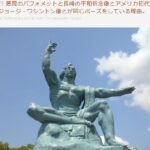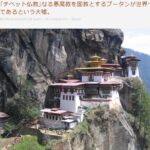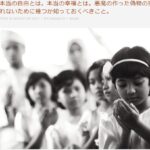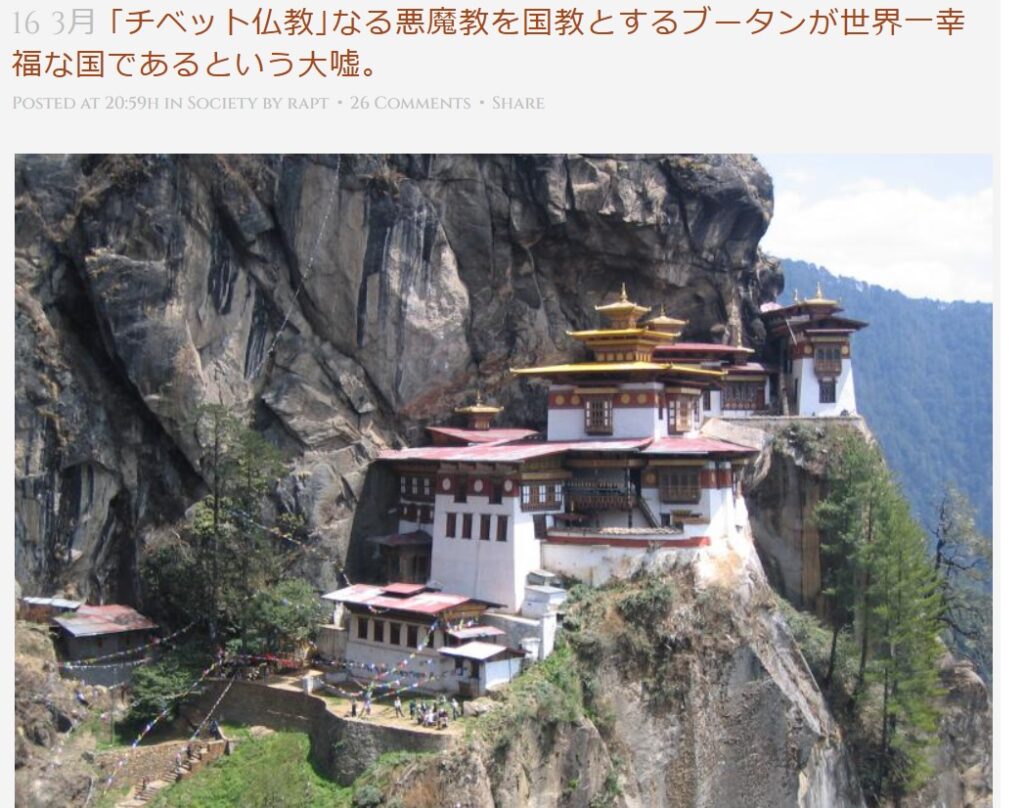
(Translator’s Note) The following is a partial excerpt translation of an article posted on 16 Mar. 2015, from the vast amount of RAPT blog posts. For the original source, please refer to the following URL link.
Just the other day I wrote an article about how “Tibetan Buddhism” is actually nothing but Satanism itself.
Tibet is a holy land of devil worship. https://nozomi-creation.com/tibet-is-a-holy-place-for-devil-worship/
If you read that article, you will understand at a glance how evil Tibetan Buddhism is and how it is a religion that condemns people’s souls to hell.
If someone says that it is not paganism but a religion that can purify people’s souls, make people happy, and send people’s souls to eternal heaven, I would rather question his or her mental state.
And I have actually had some people who appear to be agents who have emailed me with things like that.
It is a religion in which a young girl and her leader have sex, the disciple drinks the leader’s semen and female love juice, the leader and the disciple engage in homosexual acts, and eat human flesh and human excrement.
How can this purify people’s souls and make them happy? It is impossible.
Nevertheless, it has been reported that Bhutan, whose state religion is the satanic religion of Tibetan Buddhism, is the happiest country in the world.
For a time, it caused a stir in the world.
The following is an article from 2012.
—————- (reprinted from Beekive below)
■How Bhutan became the happiest country in the world by pursuing GNH
The Kingdom of Bhutan is becoming increasingly popular in Japan, partly because the King and Queen of Bhutan have visited Japan. One of the reasons Bhutan is attracting attention is that it is said to be the happiest country in the world that pursues GNH.
In this issue, we will introduce why Bhutan is considered the happiest nation in the world.
■What is GNH?
GNH is an acronym for Gross National Happiness, an indicator that expresses the level of happiness of an entire nation.
It was first proposed in Bhutan and is a measure of “wealth” that cannot be measured by GNP or GDP.
■Bhutan’s Basic Policy
Bhutan pursues GNH as a nation.
We believe that for a nation to be happy, it is essential that each national family be happy.
And it does not believe that the nation must first become wealthy for its citizens to be happy.
Therefore, they do not prioritize the natural environment over industrial development, nor do they want rapid modernization.
Rapid modernization may destroy the traditional way of life of the people, who have been living a stable life without major complaints.
In addition, in the quest for economic prosperity, people sacrifice time with their families and lose touch with nature, which can eventually lead to health problems.
■Traditional lifestyle in Bhutan
In Bhutan, 90% of the working people are farmers, and most of the country is almost self-sufficient.
Most vegetables are grown without pesticides, and people wear traditional clothes and live in houses with traditional architecture.
They still live a traditional lifestyle.
■Free infrastructure to protect people’s lives
Education is free so that people in Bhutan can study even if they are poor. The idea is that a good education is a responsibility and an investment in the next generation to develop the country, and children are expected to receive an education.
Young children can speak English fluently because they are exposed to English from kindergarten.
Hospitals are free, and except in urban areas, water is free.
This is another example of Bhutan’s philosophy of prioritizing the happiness of its people.
I am not saying that Bhutan is a dream nation full of happiness.
But since everyone is beginning to realize that material wealth does not directly lead to spiritual wealth, why not adopt the Bhutanese way of thinking?
—————- (reprinted till here)
If I had read this article when I did not know that the state religion of Bhutan is “Tibetan Buddhism,” I might have taken it as it was.
However, now that I know that “Tibetan Buddhism” is a Satanic religion, I cannot honestly believe such a report.
A country that has Satanism as its state religion cannot possibly be the happiest country in the world.
So, when I actually looked into Bhutan, I soon found out that the above article is simply false.
In case you are wondering, “Tibetan Buddhism” is also the state religion in Tibet.
In Tibet the “Gelug” sect is the mainstream, while in Bhutan the “Kagyu” sect is said to be the mainstream.
Let us take a look at what kind of sect this “Kagyu” is.
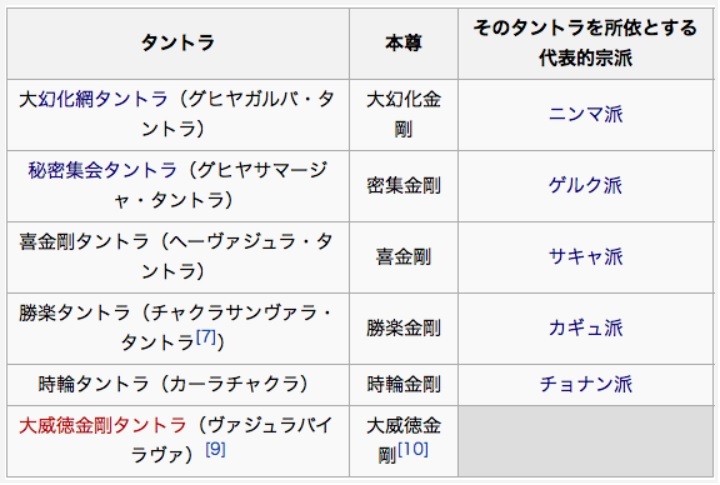
As you can see, the Kagyu school uses a scripture called “Katsuraku Tantra.
What is this “Katsuraku Tantra” like? ……

Apparently, “Shoraku Tantra” is classified as something called “Mother Tantra.
So, what is Mother Tantra, Wikipedia says.
—————-(Reprinted below from Wikipedia)
Father Tantra
At its core, this practice recreates the process by which the Buddha and his sexual partner practiced “sexual yoga” to create the mandala.
Mother Tantra
The core of this practice is to unite the practitioner’s mind-body transformation with the wisdom of the Buddha (the enlightened one) by adding magic, black magic, and occult (hermeneutic) elements to the sexual elements.
Soto-iru-fuji Tantra
The Jirin Tantra is an attempt to unite the Father and Mother Tantras, but it also reflects the threat of Islam and predicts the final war against Islam.
—————- (reprinted here)
As you can see, “Mother Tantra” “combines sexual elements with incantations, black magic and occult (hermeneutic) elements.
Finally, this “Mother Tantra” also seems to be unmistakably Satanic. This means that the Kagyu School must also be Satanism. And there is no way that Bhutan, with such Satanism as its state religion, can be the happiest country in the world.
So, I became even more suspicious and looked into Bhutan and found the following article.
—————- (The following is reprinted from All About)
(*)The link has expired.
Bhutan is attracting global attention as the “Land of Happiness.
Bhutan is known for its unique Gross National Happiness (GNH) scale and its goal of building a nation based on the happiness of its people.
In fact, Bhutan’s constitution states “the pursuit of Gross National Happiness” as one of the country’s basic policies.
The people of Bhutan are simple folk who live happily in the midst of beautiful nature and Buddhist culture, even if they are not economically prosperous.
Bhutan is often described in this image, but there are also reports of a gap between the ideal and the reality.
With modernization, the crime rate has increased, and problems such as burglary, robbery, and drug abuse by young people have emerged.
In addition, the private sector is not well developed in Bhutan, and there are limited opportunities for office work.
On the other hand, much of the manual labor in the construction industry is done by workers who have crossed the border from India, creating a mismatch in employment.
Some believe that unemployment will eventually become a major problem.
It is well known that according to a census conducted by the Bhutanese government in 2005, 97% of the people in Bhutan said they were happy.
However, there was an unexpected misconception hidden in the survey.
There were only three options: “very happy,” “happy,” and “not very happy.
There are no options like “neither” or “unhappy.
Moreover, it has been pointed out that when there are three options in such polls or attitude surveys, the responses tend to be concentrated in the middle.
Incidentally, according to a survey conducted by the National Institute of Bhutan in 2010, the average happiness level of Bhutanese is 6.1.
(Selected from a scale of 11, with 0 being very unhappy and 10 being very happy).
Japan, on the other hand, had a higher happiness level of 6.6, according to a survey by the Cabinet Office.
The concept of “happiness” is itself an ambiguous and largely subjective one.
Therefore, it is only natural that values can vary depending on the method of measurement and the way it is defined.
However, there is a growing movement among governments and communities around the world to adopt “happiness indicators”.
Will it bring a new measure of happiness, or will it become a phantom utopia? It may be up to each of us to decide.
—————- (Reprinted here.)
When asked to choose between “very happy,” “happy,” and “not very happy,” everyone would normally answer “happy.
In short, the Bhutan poll was clearly manipulated. That is, public opinion was manipulated.
The following article reports on this in more detail.
The suffering youth of Bhutan, the “Kingdom of Happiness” International News: AFPBB News https://www.afpbb.com/articles/-/2952394
Wikipedia also has this to say.
—————- (The following is reprinted from Wikipedia)
According to IMF statistics, Bhutan’s GDP in 2013 was $1.985 billion (about 200 billion yen).
The size of the economy is equivalent to a municipality in Japan with a population of about 60,000.
The GDP per capita for the same year was $2,665, which is significantly lower than the global average.
According to data released by the Asian Development Bank in 2011, there are an estimated 170,000 poor people living on less than $2 per day.
This represents about 25% of the population.
Based on United Nations criteria, the country is classified as a Least Developed Country.
—————- (reprinted here)
Bhutan has a population of about 700,000.
Yet its economy is only about 60,000 people, and 25% of the population is poor.
This definitely does not make it the “happiest country in the world.
After all, there is no way that a country that believes in the satanic religion of “Tibetan Buddhism” can be the happiest country in the world.
It is definitely a hellish world.
It is exactly the same as the way they promote Shambhala as an ideal world for humanity.
(For more information about Shambhala, click here.)
In fact, the situation is similar in neighboring Tibet, where Tibetan Buddhism is the state religion.
—————- (The following is reprinted from Kukai’s Tantra)
(*)The link has expired.
Was there any fact that Tibet was an independent country in recent years <3
The stationing of Chinese troops in Lhasa put pressure on Tibet’s economy, which was already poor, and the conflict between the Chinese troops and the Tibetan people deepened, eventually leading to the outbreak of the Tibetan uprising in 1959, when the 14th Dalai Lama was exiled to India and Tibet was annexed by China.
(omitted)
The Chinese central government left the administration of Tibet to the autonomy of the Dalai Lama’s government. This was because they promised to gradually improve the lives of the people. But the Dalai Lama’s government did not keep its promise at all. This came as a shock to the central government.
In other words, the same thing happened to the Qing Dynasty, which initially believed in the Dalai Lama and was severely betrayed. Communists are not religious experts.
Before the French Revolution, nobles, monks, and capitalists worked together to squeeze the peasants. The nobles ruled the peasants with swords, and the Catholic monks threatened them with hell if they did not pay their annual tribute in full. Marx said, “Religion is opium.
Even after the revolution, some Catholic monks organized counterrevolutionary armed uprisings by repeatedly threatening the peasants: “You will go to hell if you do not overthrow the revolutionary government” and “You will not go to heaven if you do not rise up now. Gradually, however, Catholics adapted to the new society.
The Chinese Communist Party’s view of the Dalai Lama’s government may have been similar at first. It is unlikely that they had any idea that the “secret Vajrayana” posed any special problems compared to the general religion.
(Note: In short, the Chinese government had no idea that Tibetan Buddhism was a satanic religion.)
They learned this when they threatened the Tibetan population, leading to the massive uprising of 1958-9, and also when they raided the Potala Palace after suppressing it.
――
The Dalai Lama’s administration has finally learned that the central government is serious about improving the lives of Tibetans.
This means that the current situation of squeezing every last drop of sweet juice out of the peasantry will have to change somewhat.
The central government has been trying to implement gradual changes rather than making big changes suddenly.
But even that was too much for them to bear.
(Note: That is how autocratic and tyrannical the Dalai Lama was, and he did not want China to stop his dictatorship).
They even thought that the armed uprising would succeed. After it failed and they fled abroad, when the People’s Army raided their stronghold, the soldiers were surprised. They were amazed. Already in 1958,
In the spring of 1958, a democratic reform movement spread among the conscious farmers and herdsmen in the Tibetan areas of Qinghai and Gansu provinces, including lower crop prices, lower interest rates, the abolition of courts and prisons in lama temples, and freedom for lama monks to return to secular agriculture. The masses in Dulan county, herding county, Qinghai province, rose up and investigated the Lama temple. They discovered 10 skulls of slaughtered serfs, flutes made from the hands and feet of serfs, and a large number of weapons hidden in the temple.
――
In addition, “human bone beads” were found.
It was also discovered that lama monks used to “box up children and use them as human pillars to build temples.
(Note: I wonder if this is still the era of Qin Shi Huangdi. Such things happened in Tibet in the 20th century. It is no wonder that the Nazis and the Tibetans worked together. They are all in the same boat. (However, the media only reported the misdeeds of the Nazis and nothing about Tibet).
In 1959, “the People’s Liberation Army, divided into 20 groups, went deep into the plateau to support the Peasant Herdsmen Association…Everywhere, the Peasant Herdsmen Association broke into the prisons of the lords and lama monasteries, confiscated sticks and instruments of torture, and burned the deeds of horribly huge crop fees and interest on loans, and contracts for forced and slave labor. The peasants and herdsmen triumphed. The peasants and herdsmen triumphantly broke the 100-year chain.
—————- (reprinted here)
When one looks at news reports about Tibet and China, one gets the impression that China is doing bad things to Tibet.
In fact, the opposite is true. The 14th Dalai Lama is doing terrible things to the Tibetan people, and China is trying to liberate them.
Yet, for some reason, the Japanese press continues to demonize China, and even well-known conspiracy theorists refuse to mention anything about Tibet.
Furthermore, the 14th Dalai Lama was awarded the Nobel Peace Prize.
This is like giving the Nobel Peace Prize to Hitler.
(Translator’s Note) The latest RAPT theory strongly condemns the ethnic cleansing policies of the Chinese Communist Party against Tibet and various ethnic groups.
Wikipedia says: “In 1989, he was awarded the Nobel Peace Prize for his contributions to world peace and the spread of Tibetan religion and culture. The government of the People’s Republic of China has not only completely ignored the Nobel Peace Prize, but has even banned books related to it from entering the country.
The “Mere Old Man” is not the only one who has been banned from bringing in related books.
I am amazed that he received the Nobel Peace Prize for spreading Satanism.
China, which has banned the import of books related to Tibetan Buddhism, must be the one with normal senses.
Incidentally, as usual, when I looked at the flag and emblem of Bhutan, I found them to be really dubious.
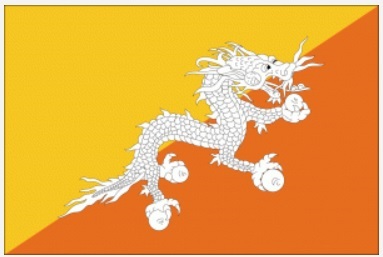
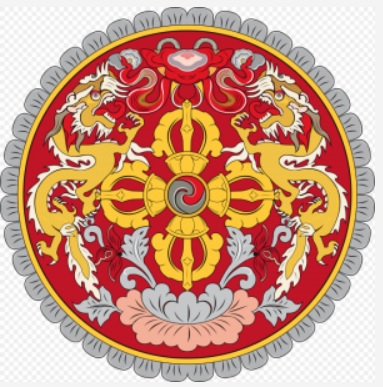
As you can see, the flag has a single “dragon,” the symbol of the devil, majestically depicted in the center. It is indeed a very unusual flag.
To be honest, it looks very sinister.
The national emblem also has two dragons on either side. This, of course, is also a symbol of the devil.
And there are two “vajra” in the middle. I am not sure what these vajra are at the moment. ……

The lower part of the painting depicts a “lotus flower” and the upper part an umbrella called “chattra”.
Chattra” is one of the Tibetan Ashtamangala (Eight Auspicious Signs).
Wikipedia says that it means spiritual protection for the people of Bhutan and the king.
But that does not really explain what it means.
So, when I took a closer look at this “chatla”, this image gradually came to me.
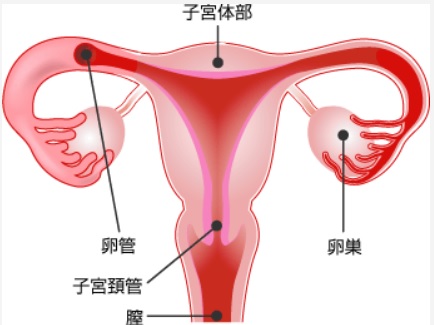
Of course, if I did not know the reality of “Tibetan Buddhism”, I would not have come up with this image. ……
Looking at it this way, I can only assume that there was some dark agenda behind the creation of the Gross National Happiness (GNH) scale and the report that Bhutan has the highest Gross National Happiness (GNH) in the world.
In other words, he wanted to spread the false rumor that “Tibetan Buddhism” is the religion that makes people the happiest in the world.
But what on earth do they want to do by spreading Satanism so widely? Do they want to turn this world into hell?
But we will never allow that to happen.


